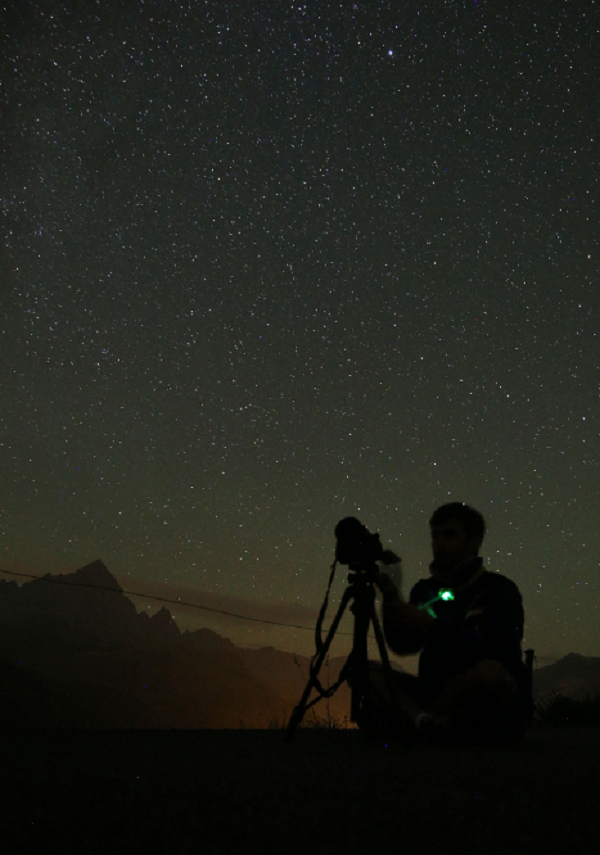Lyrids 2017: When And How To See The Meteor Shower

Every April, as the weather warms, the Lyrids meteor shower comes around promising the chance to see a wave of shooting stars.
This year it’ll be visible best Saturday and Sunday although the event lasts until next Tuesday. Luckily, the Moon is currently waning, which will make it easier to see the meteors because it won’t provide as much light pollution.
Read: Earth Still Being Hit By Meteorites That Formed In An Outer Space Collision 466 Million Years Ago
What are the Lyrids?
The Lyrids are one of the oldest known annual meteor showers. The first Lyrids sighting was in 687 B.C. in China, NASA says. What we see on Earth are particles from the C/1861 G1 Thatcher Comet coming in contact with Earth’s atmosphere and subsequently burning up in the process. The streams of light are the particles burning, sometimes the Lyrids leave streams of light behind them that can be seen for a few seconds before disappearing.
How to see the Lyrids:
Early Saturday morning will be your best chance to see the meteors, a few hours after midnight, but before dawn. Usually there are about 10-20 meteors per hour during the shower, but there have been as many as 100 on a few occasions. Keep in mind that it’ll take your eyes about a half-hour to adjust to the darkness for optimum viewing.
Try to find somewhere to view with little light pollution from buildings or street lights. Bring a blanket since you’ll probably want to lay on the ground. Lay down on your back with your feet facing East. The meteoroids will appear to be coming from the constellation Lyra and more specifically the bright star Vega, NASA says. While it looks like the shooting stars are coming from this area — they aren’t — it’s just where they’re oriented in the sky to help you spot them more easily.
© Copyright IBTimes 2024. All rights reserved.





















